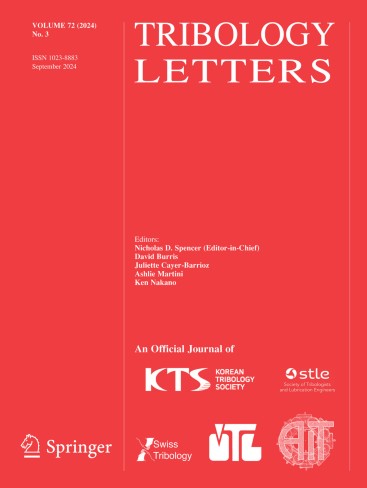Quantitative Relationship Between Sliding-Generated Acoustic Emission and Friction Conditions at Bolted Joint Interfaces
Abstract
Bolted joints are widely used in various engineering structures. The bolted joint may become loosening under long-term oscillating load, and cause reciprocating friction between the contact interfaces. Acoustic emission (AE) is a phenomenon of rapid release of transient elastic waves, which will be generated continuously during the reciprocating friction. The friction conditions will affect the characteristics of the contact interface and the related AE signals. Therefore, analyzing the quantitative relationship between friction conditions and AE signal is significant for applying AE technique in bolt loosening monitoring. However, researches on the relationship between AE Vrms and friction operating parameters are mostly focused on rotating machineries currently, whether the obtained conclusions are suitable for bolted joints is not clear. This paper finds that the commonly used quantitative relationship between the AE Vrms and friction operating parameters is not suitable for bolted joint structures by comparing the theoretical and experimental AE Vrms. The relationship is then modified through exponential parameter fitting and verified using the same experiments in this paper. The results show that the modified equation can accurately describe the quantitative relationship between the AE Vrms and the friction operating parameters, thus revealing the mechanism of acoustic emission signals generated during the gross-slip.


 求助内容:
求助内容: 应助结果提醒方式:
应助结果提醒方式:


